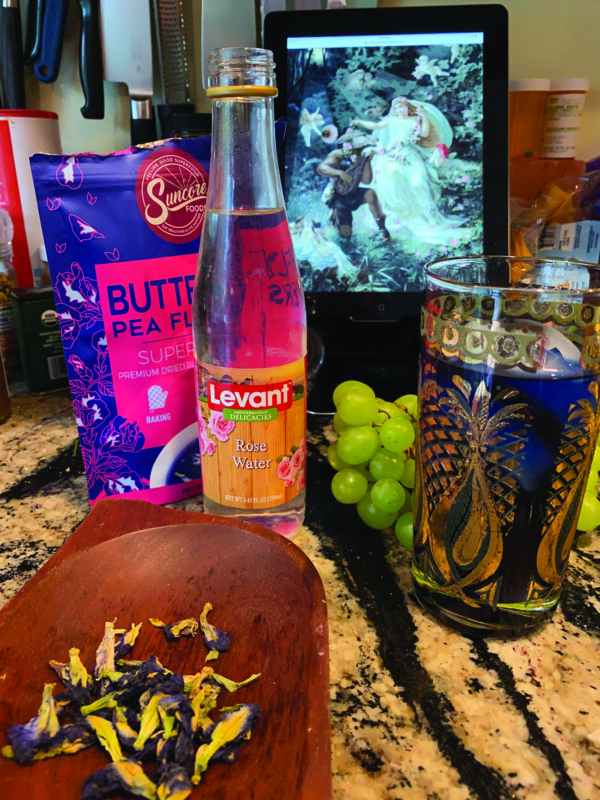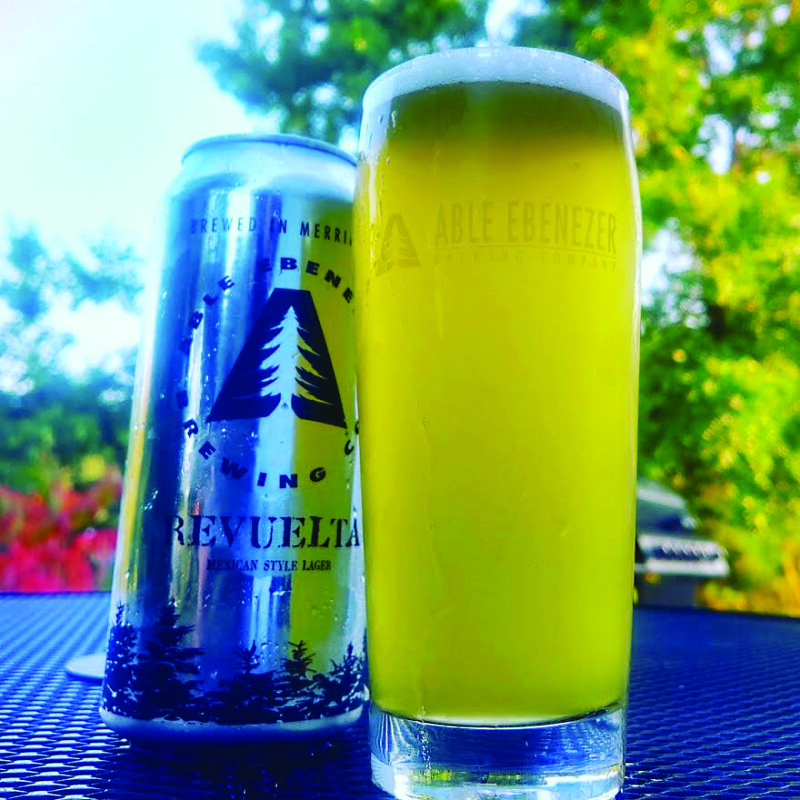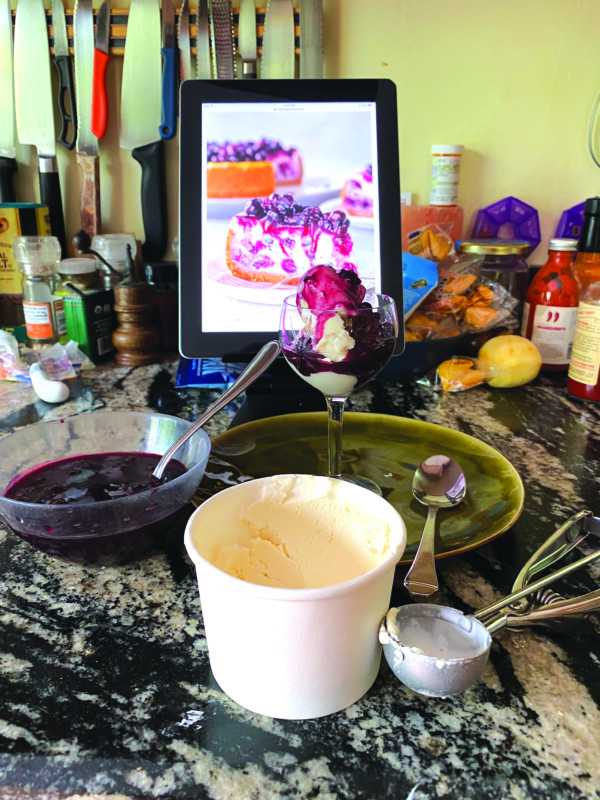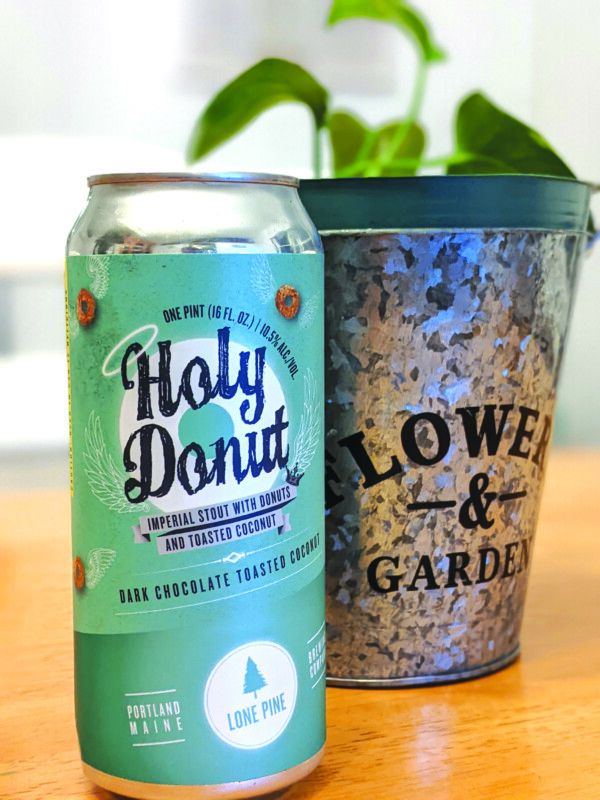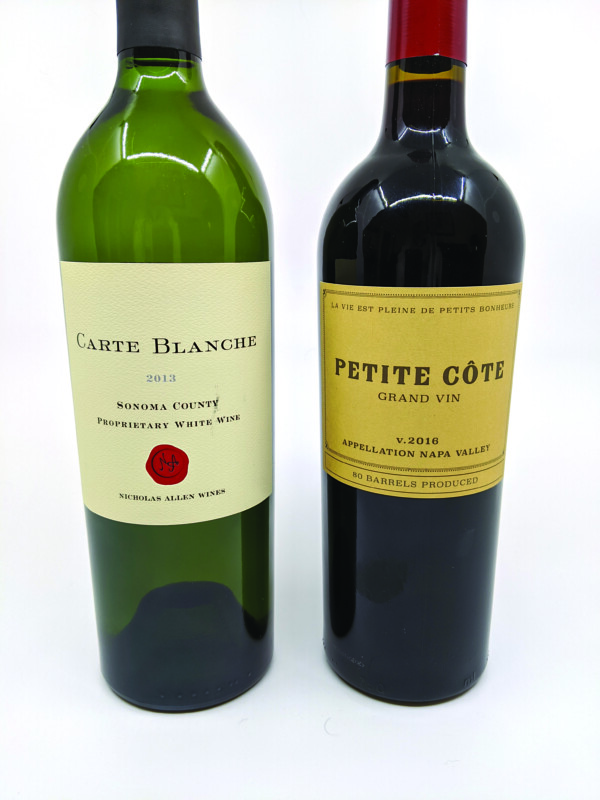With the approach of Midsummer’s Eve, my teenager has some thoughts about what we should be drinking.
Harvest: I’d like to briefly discuss Titania, the fairy queen of William Shakespeare’s play A Midsummer’s Night Dream.
She is strong-willed, powerful and, most of all, beautiful. In my opinion Titania is one of the only female characters that Shakespeare paints as equal to their male or masculine counterparts. He made her free-spirited; this is remarkable because women in Shakespeare’s work are often portrayed as subservient and weak. When Oberon, Titania’s jealous lover, decides to make her look like a fool, we see her true self. Titania, having been intoxicated by a mysterious purple flower by Oberon’s servant Robin (Puck), falls in love with a man cursed to have a donkey’s head. Instead of treating Bottom (the aforementioned donkey-man) as less than her, she treats him as her equal, showering him in luxuries and attending to his needs. This in my opinion shows who Titania is and why she is one of the best female characters the bard ever wrote.
This nonalcoholic cocktail is inspired by “Love-In-Idleness,” the purple flower in A Midsummer Night’s Dream. There is a mysterious, almost magical change that happens as the ingredients are mixed together.
Love-In-Idleness
Ingredients:
4-6 ice cubes
2 ounces butterfly syrup (see below)
6 ounces cold butterfly tea (see below)
2 ounces fresh-squeezed lemon juice
12 drops rose water
In a tall glass, combine the ice, syrup and tea. It will be a beautiful midnight blue.
Add the lemon juice. It will change dramatically to a rich, violet color.
Add the rose water and stir.
Think magical thoughts while you drink this.
Normally, 12 drops of rose water would be about seven drops too many. Rose water is tricky stuff and you are always running the risk of making something taste like soap. In this case — given the backdrop of Midsummer’s Eve — too much is just about right. Making this blue cousin of lemonade extremely floral is what you wanted but didn’t know that you wanted. The sweetness of the butterfly syrup plays off the sharp, acid sourness of the lemon juice well, and you are left with an aftertaste of roses — a little like a mostly forgotten dream.
A father’s notes:
First of all — and let’s get this out of the way immediately — this drink is delicious as is, but would be arguably enhanced by the addition of two ounces of a floral gin, Hendrick’s for example.
Secondly, some observations on butterfly pea blossoms:
Butterfly peas (clitoria ternatea) (Yes, I know. Stop it.), or blue sweet peas, come from Asia and make a beautiful, subtly flavored tea. When exposed to acid, the deep blue color of the tea (and, in this case, the syrup) changes to a rather splendid purple color. The blossoms themselves (which I purchased via Amazon) have a very mild flavor and are really here for their color.
Butterfly tea – Combine 10 grams of dried butterfly pea blossoms with 4 cups of almost but not quite boiling water. (Boil the water, then take it off the heat for a minute, before adding it to the pea blossoms.) Let the blossoms steep for 3½ minutes, then strain and chill the tea.
Following up on the Midsummer Night’s Dream theme, this tea has a very background-flavory character. This is not a Titania or Oberon tea. This is a Philostrate tea — maybe a Background Fairy No. 2 tea. Imagine a jasmine tea, but not as floral; maybe jasmine tea’s personal assistant.
Butterfly syrup – Combine one cup of sugar with one cup of water, and bring to a boil over medium heat. Let it boil for another 10 to 15 seconds, to make sure the sugar is completely dissolved. Remove from heat, then add three grams of dried butterfly pea blossoms and let them steep for half an hour. Strain and bottle. Store in your refrigerator indefinitely.
Featured photo: Before (left) and after (right) the lemon juice is added. Photos by John Fladd.

